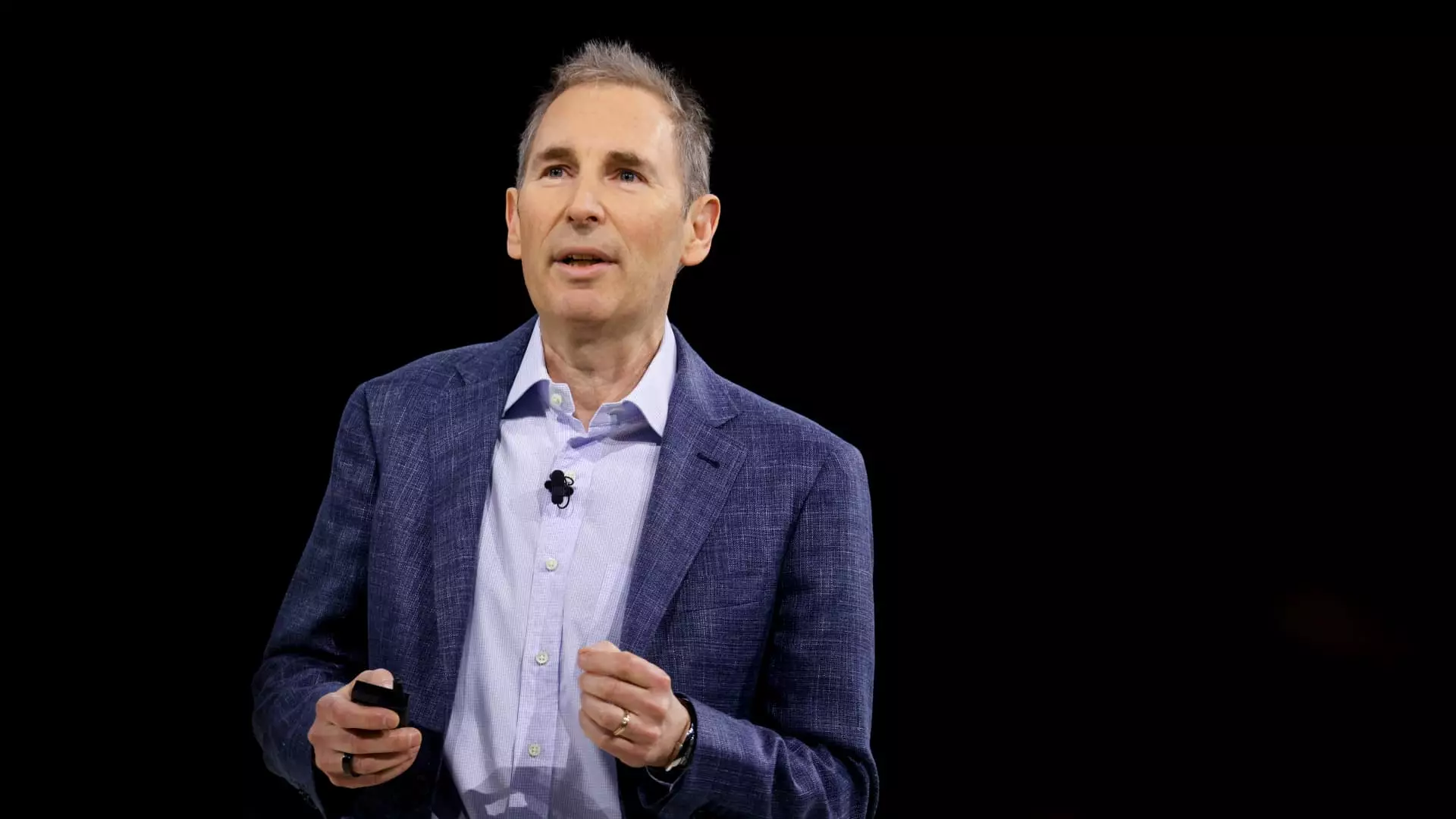The rapid advancement and deployment of generative artificial intelligence is reshaping how large corporations like Amazon approach their workforces. Amazon CEO Andy Jassy’s recent comments highlight a stark reality: as AI automates routine tasks, there will inevitably be a reduction in headcount in certain positions. However, this transformation is not simply about job cuts; it reshapes work by shifting the nature of employment and requiring new skill sets. The important takeaway is that AI’s impact isn’t binary—it’s a complex rebalancing act where some roles diminish, but new opportunities emerge.
Automation Versus Job Creation: A Nuanced Balance
It’s tempting to interpret Jassy’s admission that Amazon’s corporate workforce will shrink as a bleak prediction for workers. Yet, his perspective also points to growth in sectors such as AI development, robotics, and other advanced technologies. This reflects a broader trend in the tech industry, with companies like Salesforce and Klarna reporting significant parts of their workflows being automated while simultaneously encouraging employees to harness AI tools to enhance productivity and creativity. Rather than a pure job-killer, AI is becoming a collaborator that can augment human efforts, freeing employees from repetitive tasks and driving innovation.
The Human Element in an AI-Driven World
One of the more optimistic aspects of Jassy’s statement is his emphasis on AI making jobs “more interesting” by liberating workers from mundane labor. For many employees, this shift could mean engaging in higher-level problem-solving, creative thinking, and developing new services that were previously impossible or too time-consuming. Nevertheless, this optimistic vision requires significant investments in employee retraining and upskilling, a challenge that companies must address if they want to avoid alienating their workforce amidst these technological disruptions.
Economic Realities and Market Responses
Despite the promise of AI-enhanced productivity, Amazon’s workforce reductions have coincided with disappointing stock performance, with shares lagging behind peers like Microsoft and Nvidia that have capitalized on the AI wave more robustly. The rollout of layoffs—27,000 jobs cut since early 2022—exemplifies the painful growing pains that come with integrating new technology deeply into established operations. These layoffs also highlight a less-discussed aspect of AI’s impact: the uneven distribution of benefits. While some sectors within Amazon may be flourishing due to AI, others are contracting, underscoring the uneven economic effects of this technological transformation.
Looking Beyond Automation: Why Mindset Matters
In the rush to automate, companies risk overlooking the cultural and psychological dimensions of workforce transformation. The optimistic framing of AI as a “job enhancer” clashes with the palpable anxiety among employees facing potential displacement. Leadership’s challenge is not only to deploy AI effectively but to foster a mindset that embraces continuous learning and adaptability. This requires transparency, support, and a clear vision for how AI complements human talent rather than simply replaces it. Without such an approach, the promise of AI-driven innovation might be obscured by resistance or disengagement from the very people who will fuel its success.
In essence, AI’s integration into companies like Amazon is less about wholesale job destruction and more about a complex reshaping of work itself—one filled with both uncertainty and exciting potential, depending largely on how organizations and individuals respond to the change.

